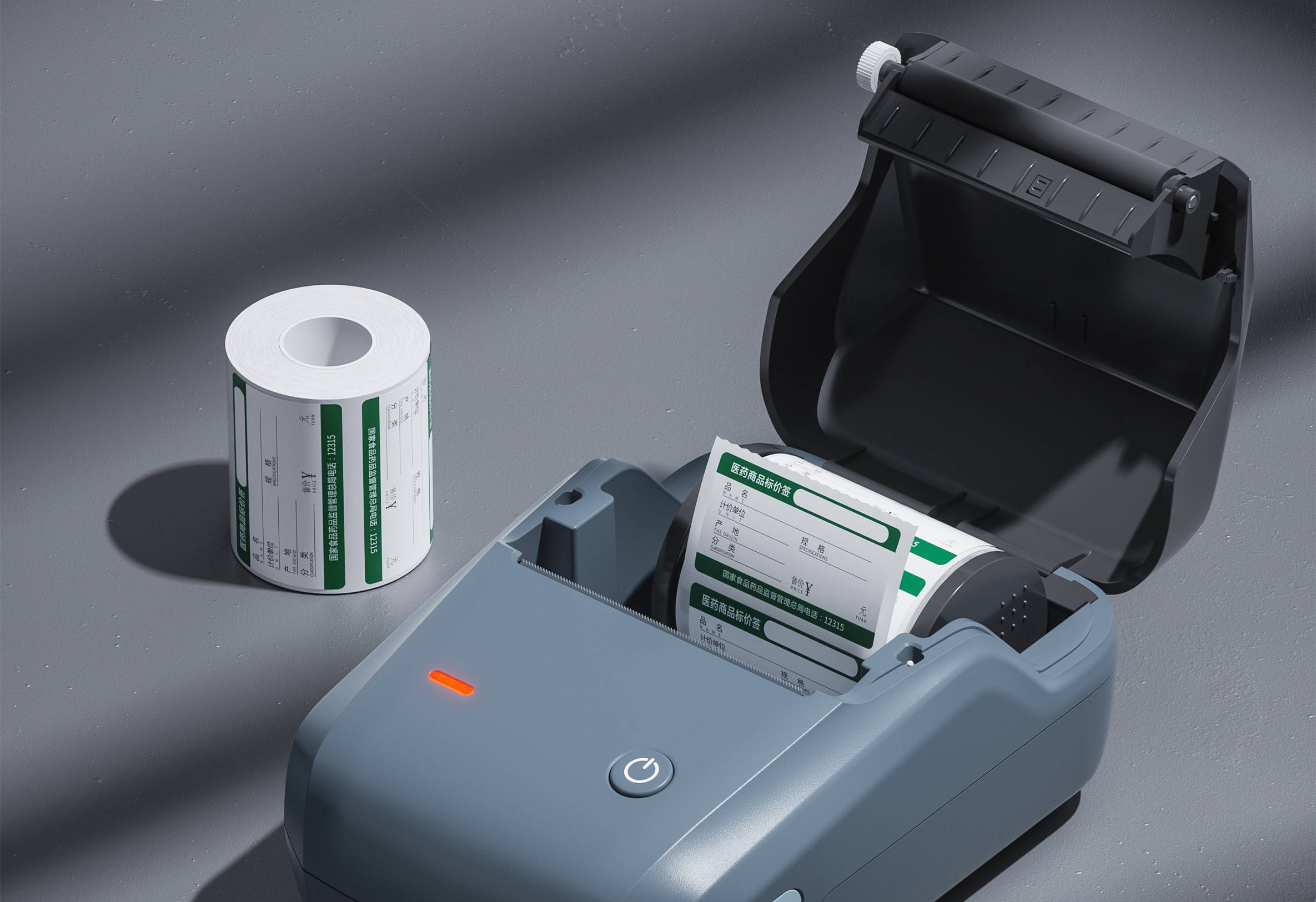
Certification introduction
SAA is the abbreviation of Standards Association of Australia and is the standard setting agency of Australia. In 1999, it was changed from an association to a limited company, called Standards Australia International Limited, or SAI for short. SAI is an independent joint-stock company and has no direct relationship with the government. We often refer to the Australian certification as SAA certification. In fact, SAA is only a standard setting agency, and does not issue product certifications.
SAA does not have a fixed mark, which is indicated by a certificate number. After a certificate is issued by a nationally recognized laboratory institution, the abbreviated code of the certification company and the registration certificate number are the "safety marks", and the certification number needs to be marked on the label.

SAA certification basic information
Technical information: AC240V / 50Hz for AU; AC 230V / 50Hz for New Zealand
Whether mandatory: mandatory + voluntary
Certificate validity period: up to 5 years
Factory inspection requirements: none
Certificate holder requirements: need to be a local registered company or local agent to hold a certificate
SAA certification, C-Tick, A-Tick and RCM
SAA certification is for the control and safety regulations, C-Tick certification for EMC and radio products, and A-Tick certification for telecommunications products. The RCM mark is a certification mark launched in 2013. After the product has obtained the safety certification and electromagnetic compatibility registration, the RCM mark can be obtained through the safety certification regulatory body. From March 1, 2016, the electronic and electrical products sold must uniformly use the RCM logo; the A-tick and C-tick logos will be replaced. RCM can be understood as a registration system, including SAA and C-TICK.
Applicable product range
Products controlled by SAA certification can be divided into two types: mandatory electronic products and non-mandatory electronic products:
1. Declared Electrical Products cover 56 categories of products, such as external power supplies or chargers, wires, plugs, home appliances (60335-2-9, -14, 15, -23, -80), and lamps (60598- 2-4) Wait. Controlled electrical appliances must obtain a certificate of approval (SAA certification) issued by the monitoring department and must be marked (the certificate number must be marked).
2. Non-Declared Electrical Products refer to products other than mandatory certification, such as commercial kitchen appliances. Although non-regulated products are not obliged to obtain certification, their safety is the responsibility of the seller / manufacturer, and they can apply for certification voluntarily. The monitoring department will issue a Certificate of Suitability to products that meet the requirements of the standard. Electrical products that have obtained the certificate of conformity can be marked with a certificate number. The final letter of the certificate shows which state or region the certificate was issued by.
application process
1. Fill in the application form
2. Product sample test
3. Sample rectification (when the test fails)
4. Issue report
5. Report evaluation
6. Issue a certificate
Application information
1. Application form
2. CB certificate and report
3. Product label (contains corresponding certification mark)
4. PCB printed circuit board
5. Description of current filter
6. Converter manual
7. Product photos
8. List of key components (usually required for direct application cases)
9. Certificate of key components
10. User manual (English manual or manual in the language of the certification country)
11. Plug test report (AUPlugTestReport provided by SAA)
SAA compulsory product list
Appliance coupler
Bayonet lamp holder
Bayonet Lamp Adapter
Control or regulation device
Drag board
Lighting
Screw socket
Fluorescent lamp ballast
Fluorescent starter
Handheld searchlight
Mobile light fixture
External device
Power plug
Power outlet
Power cord
Wall switch
Electric welding machine
Electric blanket
Toaster
Clothes dryer
Mobile cooker
dishwasher
fan
Electric fence exciter
Electric cushion
Floor polishing machine / floor cleaning machine
Hair care appliances
Pruning shears
Immersion heater
Insect shocker
Iron
Kitchen utensils
Lawn care appliances
Liquid heater
massager
Microwave oven
Miniature overcurrent circuit breaker
Power supply or charger
projector
Cooker hood
Electric stove
Electric shaver./electric clipper
Refrigerator / freezer
Leakage device
Room heater
Sewing machine
Electric iron
Swimming pool equipment or convalescent equipment
Television receiver
Therapeutic lamps
Mobile power tool
Vacuum cleaner
washing machine
Water bed heater
Storage water heater
other
Electrical products exported to Australia must meet electrical safety and electromagnetic compatibility standards. If they fail to meet the requirements, they will receive the following processing:
Detain or confiscate products;
Or a fine, the average individual is fined about US $ 10,000, and the company is about US $ 200,000.

Label printers entering the Brazilian market, ANATEL certification is an essential passport! It is the recognition of the Brazilian Telecommunications Authority for the safety and compliance of electronic products, without which products cannot be legally sold.

SRRC certification is not only a guarantee of product compliance, but also a key to opening up the market.

FCC ID certification is a mandatory certification for electronic products by the Federal Communications Commission (FCC) in the United States, and it is essential for label printers to obtain this certification.
SAA is the abbreviation of Standards Association of Australia and is the standard setting agency of Australia. In 1999, it was changed from an association to a limited company, called Standards Australia International Limited, or SAI for short. SAI is an independent joint-stock company and has no direct relationship with the government.
Get a quote